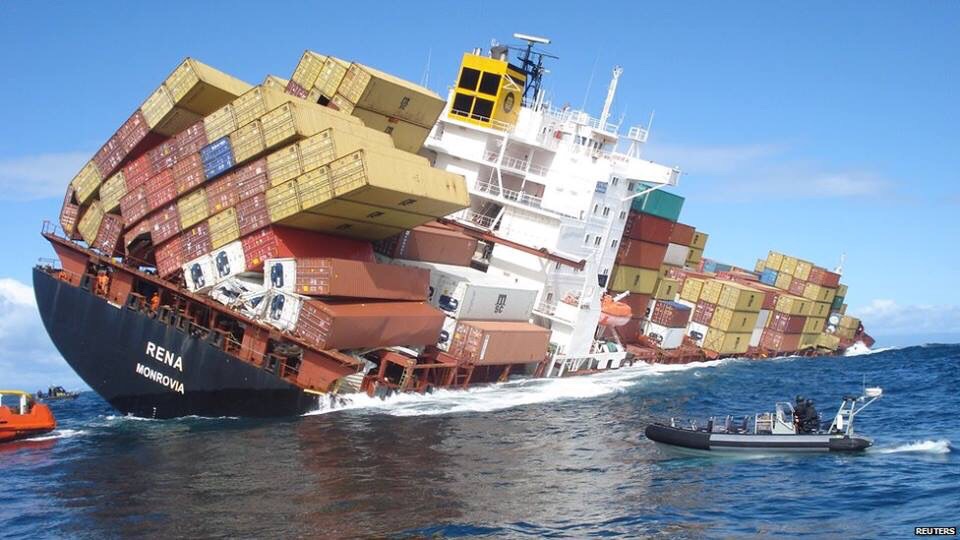



Larger cargo ships are generally operated by shipping lines: companies that specialize in the handling of cargo in general. Tramp-tanker business: generally this is private business arranged between the shipper and receiver and facilitated by the vessel owners or operators, who offer their vessels for hire to carry bulk (dry or liquid) or break bulk (cargoes with individually handled pieces) to any suitable port(s) in the world, according to a specifically drawn contract, called a charter party.A common carrier refers to a regulated service where any member of the public may book cargo for shipment, according to long-established and internationally agreed rules. Liner business: typically (but not exclusively) container vessels (wherein "general cargo" is carried in 20- or 40-foot containers), operating as "common carriers", calling at a regularly published schedule of ports.

Generally, the modern ocean shipping business is divided into two classes: Technically, "cargo" refers to the goods carried aboard the ship for hire, while "freight" refers to the act of carrying of such cargo, but the terms have been used interchangeably for centuries. The words cargo and freight have become interchangeable in casual usage. For other uses, see Freightliner (disambiguation). After all, this was the side that faced the port, allowing supplies to be ported aboard by porters."Freight liner" redirects here. This side became known as larboard, or "the loading side." Over time, larboard-too easily confused with starboard-was replaced with port. Sailors began calling the right side the steering side, which soon became "starboard" by combining two Old English words: stéor (meaning "steer") and bord (meaning "the side of a boat").Īs the size of boats grew, so did the steering oar, making it much easier to tie a boat up to a dock on the side opposite the oar. Most sailors were right handed, so the steering oar was placed over or through the right side of the stern. In the early days of boating, before ships had rudders on their centerlines, boats were controlled using a steering oar. When looking forward, toward the bow of a ship, port and starboard refer to the left and right sides, respectively. Since port and starboard never change, they are unambiguous references that are independent of a mariner’s orientation, and, thus, mariners use these nautical terms instead of left and right to avoid confusion.


 0 kommentar(er)
0 kommentar(er)
